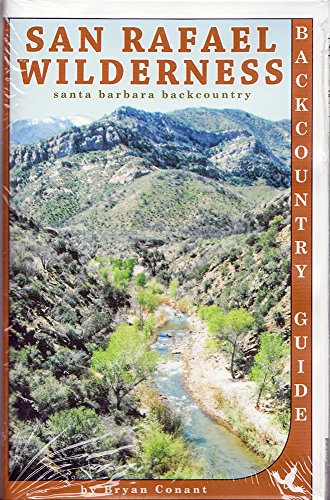Doing Carrigain by the Desolation Trail has been on my TODO list for much too long, so today I decided to finally do it. As expected it was hard, but well worth the effort.
I did the loop going up the Desolation Trail and down Signal Ridge Trail, as I intensely dislike steep downhills. The first 1.7 miles are on the Signal Ridge Trail, so were very familiar. I then took the Carrigain Notch Trail, which I have only done once long ago, on a backpacking trip to Vose Spur and Nancy. The section that ascends to the notch from the south starts at a very gentle grade, and then abruptly becomes steeper and rougher. The trail stays above the valley floor, as the valley floor appears to be very narrow. The Wilderness boundary is at the notch. The descent is very gentle, and the footing excellent almost all the time.
But when all is said and done, it is 6.6 miles with 1,150 feet of elevation gain from the trailhead to the start of the Desolation Trail. The Desolation Trail has two very different sections. The first 1.3 miles are on old logging roads, and climb 1,350 feet. This is moderately steep, but with generally good footing it is not too difficult. The next 0.6 miles are the "fun" part. The trail climbs 1,150 feet feet in those 0.6 miles, with generally bad footing
 Steve Smith and Mike Dickerman, in their 4000-Thousand Footers of the White Mountains book say that the upper part is virgin spruce but warn:
Steve Smith and Mike Dickerman, in their 4000-Thousand Footers of the White Mountains book say that the upper part is virgin spruce but warn:
It was a cold and windy day; at 2 PM (when I was on the summit) Mt. Washington reported a temperature of 28 degrees and winds of 52 mph. It was almost certainly warmer and less windy on Carrigain, but the observation tower was unpleasant, and my stay there was brief.
Nothing much to say about the descent by the classic Signal Ridge Trail, but the ridge was partly sheltered by the summit cone, and I was able to sit and enjoy most of the views.
I found the trip very challenging, but also enjoyed it a lot. I hope to redo it some day!
I did the loop going up the Desolation Trail and down Signal Ridge Trail, as I intensely dislike steep downhills. The first 1.7 miles are on the Signal Ridge Trail, so were very familiar. I then took the Carrigain Notch Trail, which I have only done once long ago, on a backpacking trip to Vose Spur and Nancy. The section that ascends to the notch from the south starts at a very gentle grade, and then abruptly becomes steeper and rougher. The trail stays above the valley floor, as the valley floor appears to be very narrow. The Wilderness boundary is at the notch. The descent is very gentle, and the footing excellent almost all the time.
But when all is said and done, it is 6.6 miles with 1,150 feet of elevation gain from the trailhead to the start of the Desolation Trail. The Desolation Trail has two very different sections. The first 1.3 miles are on old logging roads, and climb 1,350 feet. This is moderately steep, but with generally good footing it is not too difficult. The next 0.6 miles are the "fun" part. The trail climbs 1,150 feet feet in those 0.6 miles, with generally bad footing
I was too busy watching my footing, and catching my breath, to see much of this virgin spruce. Finally I heard voices, saw the tower, and was on the summit.Watch footing carefully through this steep, rugged section, where even J. E. Henry's bold loggers decided not to cut.
It was a cold and windy day; at 2 PM (when I was on the summit) Mt. Washington reported a temperature of 28 degrees and winds of 52 mph. It was almost certainly warmer and less windy on Carrigain, but the observation tower was unpleasant, and my stay there was brief.
Nothing much to say about the descent by the classic Signal Ridge Trail, but the ridge was partly sheltered by the summit cone, and I was able to sit and enjoy most of the views.
I found the trip very challenging, but also enjoyed it a lot. I hope to redo it some day!

























![Yellowstone National Park [Map Pack Bundle] (National Geographic Trails Illustrated Map)](https://m.media-amazon.com/images/I/51kGuJ72qjL._SL500_.jpg)













![Grand Teton Day Hikes and National Park Map [Map Pack Bundle] (National Geographic Trails Illustrated Map)](https://m.media-amazon.com/images/I/41DB0jvRnbL._SL500_.jpg)




















